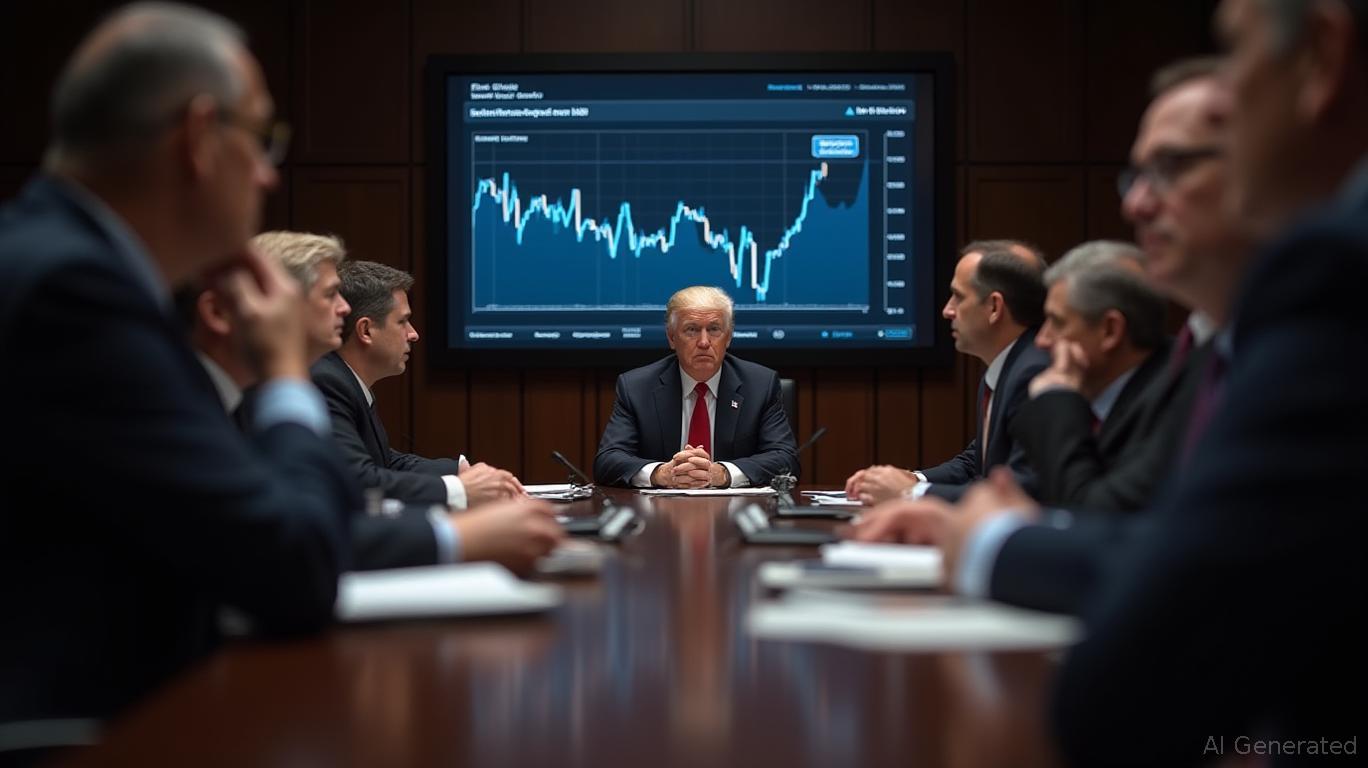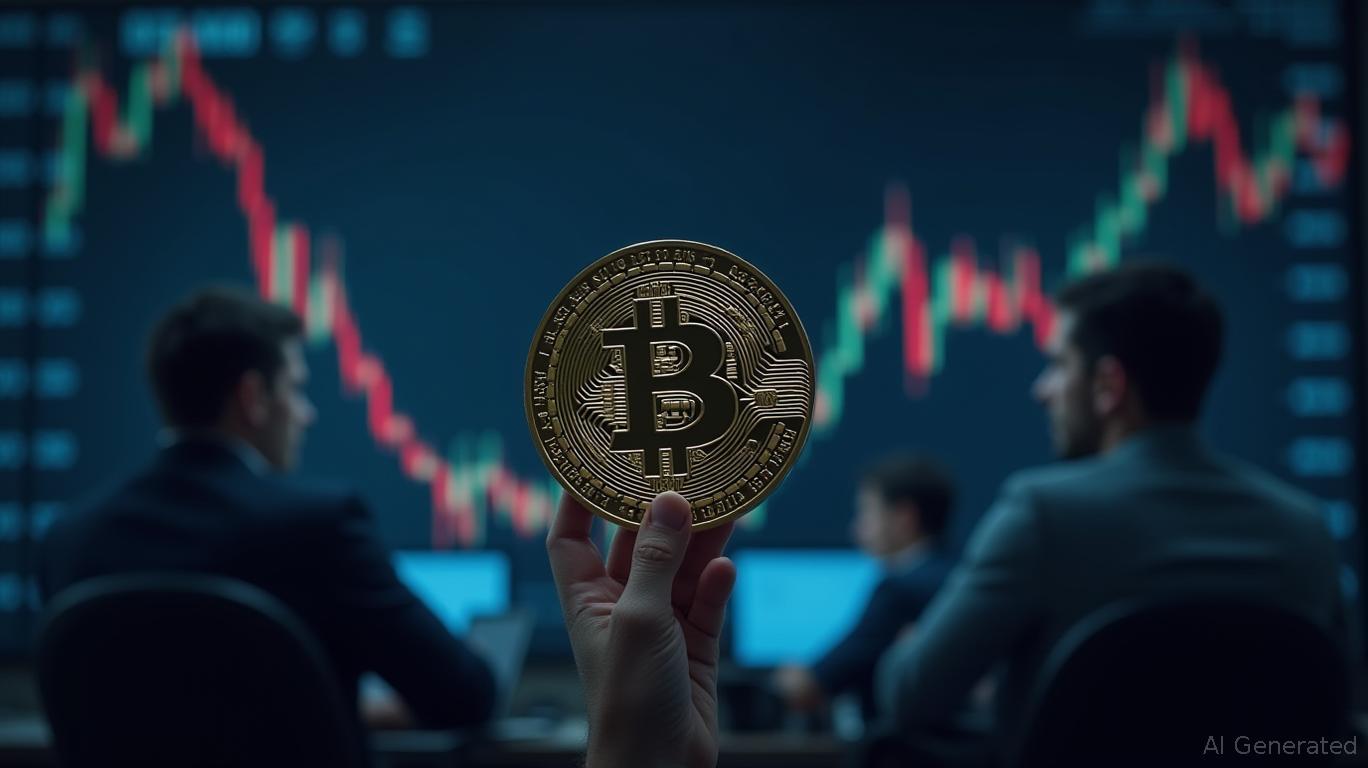Tokenized Gold: Key Players, Value, and Market Impact
- Tokenized gold attracts investment exceeding $1 billion.
- Paxos, Tether, and Kinesis are major players.
- Tokenized gold may increase liquidity and transparency.
Paxos, Tether, and Kinesis are collaborating to tokenize gold, a development that is changing the cryptocurrency landscape, supported by investments exceeding $1 billion.
Tokenized gold impacts blockchain activity, influencing assets like ETH and BTC, increasing liquidity and transparency within the precious metals market.
Tokenized gold, a new venture in blockchain technology, has amassed over $1 billion in investment. This technological advancement aims to increase gold’s liquidity and transparency, making it a significant focus for investors and blockchain experts. Understanding Tokenized Gold and Its Benefits
Key entities Paxos , Tether, and Kinesis collaborate in this initiative, leveraging their expertise in digital and traditional assets. Their roles focus on managing transactions, ensuring security, and integrating blockchain technology with precious metals.
The involvement of these organizations affects industries by potentially altering investment and trade practices. Economic sectors centered on precious metals may witness increased blockchain activity and a shift towards more digital asset handling.
The financial world experiences implications, as increased transparency and liquidity for gold reshape perceptions of it as an asset class. This might lead to expanded interest from institutional investors and regulatory scrutiny over digital asset management.
Charles Cascarilla, CEO, Paxos, “Tokenizing gold is about bringing the trust of physical assets into the digital realm, creating new opportunities for investors in a rapidly evolving market.”
Investors and economies could see shifts in gold trading paradigms. The potential for stronger asset management and secure transactions stands out as a technological advantage over traditional methods of trading and valuating gold.
Historical trends show asset tokenization providing increased transparency while reducing inefficiencies. Future financial regulations may adapt to accommodate digital assets, potentially altering the landscape of gold trading significantly across various markets and platforms.
Disclaimer: The content of this article solely reflects the author's opinion and does not represent the platform in any capacity. This article is not intended to serve as a reference for making investment decisions.
You may also like
Fed Lowers Interest Rates as Data Remain Unclear Due to Shutdown, While Focus Shifts to Tech AI Profits and Trade Agreement
- The U.S. Fed cuts rates by 25 bps for the second consecutive meeting, signaling potential policy easing amid a government shutdown and global trade tensions. - Big Tech earnings spotlight AI monetization, with Microsoft's Azure and Amazon's AWS under scrutiny as $420B AI spending by 2026 drives growth but risks margin pressures. - A preliminary U.S.-China trade deal delays Trump's 100% tariffs and resumes soybean purchases, marking de-escalation after months of escalating tensions. - Fed's rate cut coinc

Bitcoin News Update: Investors Shift $7.4 Trillion as Federal Reserve Lowers Rates to Boost Economic Expansion
- Fed plans 2025 rate cuts to boost growth amid slowing economy, with 3% inflation above 2% target. - Markets expect 150-200 basis points of easing by 2026, driving $7.4T liquidity into stocks, Bitcoin, and bonds. - Wall Street indices surged on rate-cut optimism, with tech giants and Ford shares rising despite profit warnings. - Bitcoin gains traction via $26B ETF inflows, while global markets adapt to lower rates through stablecoins and regulatory scrutiny.

High-Yield BCH Encounters Earnings Fluctuations as Chile Navigates Political Uncertainty
- Banco de Chile (BCH) faces October 28 earnings scrutiny amid Chile's November presidential election, with bullish investors linking its performance to potential economic reforms under conservative candidate Kast. - Analysts project $0.64/share earnings and $784M revenue but assign a cautious $32 price target (3.6% below current price), citing BCH's volatile quarterly results including a 99.5% miss in March 2025. - The stock's 6.63% dividend yield and 19.98% five-year growth rate attract income investors,

Solana Latest Updates: The Impact of Snorter Bot’s Fast and Secure Features on Meme Coin Trading
- Snorter Bot's SNORT presale enters final 24 hours, having raised $5.6M with 100x price forecasts. - Built on Solana, the bot enables ultra-fast meme coin sniping with rug-pull detection and 0.85% trading fee discounts. - A 50% token burn doubled remaining holdings' value, while analysts cite Banana Gun's 230x return as comparable potential. - Investors can purchase SNORT via multiple currencies with 102% APY staking rewards, as presale ends October 27.
